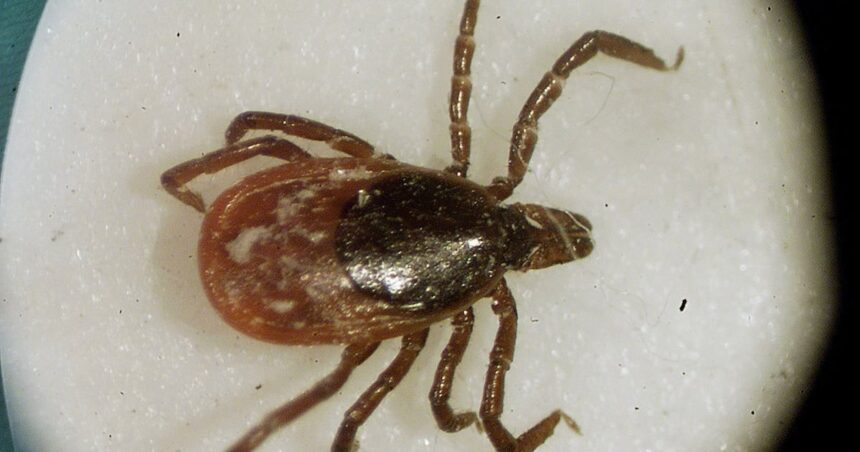The gentle rustling of leaves once signaled nothing more than a peaceful walk through Canada’s woodlands. Today, that same sound might warrant a more cautious response as tick populations surge across the nation, bringing with them an alarming increase in potentially debilitating diseases.
Health officials across multiple provinces are reporting record numbers of tick submissions and Lyme disease cases, a trend experts directly attribute to our warming climate. As average temperatures climb, these eight-legged arachnids are extending their habitat range northward into previously inhospitable regions of Canada.
“We’re seeing tick species in areas where they simply couldn’t survive a decade ago,” says Dr. Mariana Levi, an infectious disease specialist at Toronto General Hospital. “The warming temperatures are effectively removing nature’s barrier against these disease vectors, allowing them to establish permanent populations in new territories.”
The black-legged tick (Ixodes scapularis), the primary carrier of Lyme disease, has expanded its range by over 40 percent in the last 20 years according to CO24 News research. Once limited primarily to southern Ontario and specific coastal regions, these ticks are now being found regularly in northern Ontario, Quebec, Manitoba, and parts of Atlantic Canada.
This geographic expansion correlates directly with the increase in Lyme disease cases, which have more than doubled in the past five years. Public Health Agency of Canada data shows confirmed and probable cases rose from 144 in 2009 to over 2,600 in 2022.
But Lyme disease isn’t the only concern. Cases of anaplasmosis, babesiosis, and Powassan virus – all tick-borne diseases with potentially severe complications – are also increasing, according to Canada News monitoring.
Climate scientists and epidemiologists point to several climate-related factors driving this trend. Milder winters mean higher survival rates for overwintering ticks. Extended warm seasons allow ticks more time to find hosts and reproduce. The shifting ecosystem also affects wildlife patterns, bringing tick-carrying animals like white-tailed deer and mice closer to human settlements.
“We’re experiencing what public health experts have long warned about – climate change is fundamentally altering disease patterns,” explains Dr. Catherine Bouchard, a senior researcher with the National Microbiology Laboratory. “The tick problem represents just one facet of how warming temperatures affect human health.”
The economic impact is substantial as well. A recent CO24 Business analysis estimates that tick-borne illnesses cost the Canadian healthcare system approximately $800 million annually in diagnosis, treatment, and lost productivity.
For Canadians, protection requires increased vigilance. Health authorities recommend wearing light-colored clothing to spot ticks easily, using EPA-registered insect repellents containing DEET or picaridin, and performing thorough tick checks after outdoor activities. Prompt removal of attached ticks significantly reduces disease transmission risk.
Provincial health departments are expanding surveillance programs and education campaigns, particularly in newly affected regions. Several universities are also developing innovative approaches to tick control, including biological methods that could reduce populations without harmful environmental impacts.
As we navigate this changing landscape, one question becomes increasingly pressing: How will our healthcare infrastructure adapt to handle what appears to be not a temporary surge, but a permanent shift in disease patterns driven by our warming planet?










